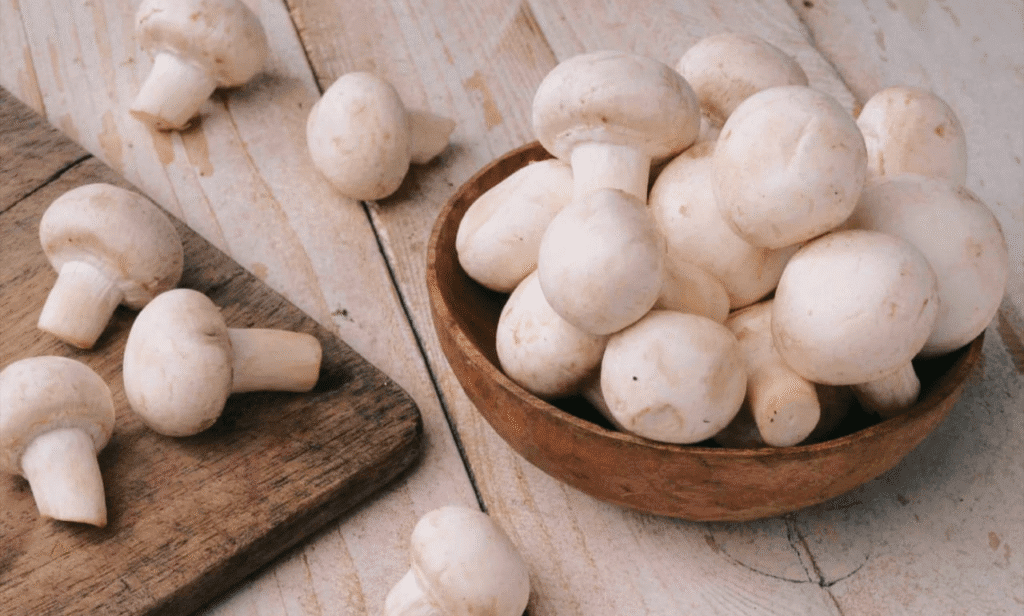
Vitamin D, often called the sunshine vitamin, is a critical nutrient that acts more like a hormone in our body, influencing everything from bone strength and immune function to mood regulation. For a country like India, blessed with abundant sunshine, it’s ironic that vitamin D deficiency is a rampant public health issue, affecting a significant majority of the population across all age groups. This deficiency can lead to fatigue, bone pain, muscle weakness, and an increased risk of fractures. While basking in the morning sun is the most natural way to get your dose, modern indoor lifestyles, pollution, and skin concerns often limit our sun exposure. This is where diet becomes a powerful ally. For vegetarians, the challenge can feel even greater, as many classic vitamin D sources are animal-based. However, nature and modern food science offer a fantastic array of vegetarian-friendly options to help you maintain optimal levels. This article delves into six of the most effective vegetarian foods that can naturally boost your vitamin D intake.
When we talk about vitamin D from food, it’s important to understand the two main forms. Vitamin D2 (ergocalciferol) is primarily found in plant sources, like mushrooms exposed to UV light. Vitamin D3 (cholecalciferol), which is the same type our skin makes from sunlight, is typically derived from animal sources like lanolin from sheep’s wool. However, significant advancements have led to the creation of vegan and vegetarian D3 options sourced from lichen. Both D2 and D3 are effective at raising blood levels of vitamin D, though some studies suggest D3 may have a slightly longer-lasting effect. The good news for vegetarians is that the landscape of fortified foods and supplements is expanding rapidly, making it easier than ever to find suitable options.
Mushrooms stand out as the only natural, unfortified plant-based source of vitamin D. They possess a unique ability to do something no other vegetable can: synthesize vitamin D2 when exposed to ultraviolet (UV) light, much like human skin. Commercially grown mushrooms are often raised in dark environments, so their natural vitamin D content is low. However, many producers now expose them to UV light post-harvest to significantly boost their levels. You can even do this at home. Place freshly sliced mushrooms gill-side up in the midday sun for just 15 to 30 minutes. This simple act can amplify their vitamin D content dramatically. Including a serving of sun-exposed mushrooms like shiitake, maitake, or portobello in your diet a few times a week can make a meaningful difference. Sauté them, add them to curries, stir-fries, or omelets, or grill them as a meaty, nutritious side dish.
Fortified milk is a classic and widely available source of vitamin D. While plain cow’s milk contains a small amount of vitamin D, it is not enough to meet daily requirements. To combat deficiency, most commercially available milk, including toned, double-toned, and full-cream varieties, is fortified with vitamin D. A single cup of fortified milk can provide about 15-20% of your daily value. This makes it an easy and accessible option for millions of Indians who consume milk daily. Whether you drink it plain, use it in smoothies, pour it over cereal, or turn it into yogurt and paneer at home (retaining most of the fortification), it’s a versatile base for boosting your intake. For those who are lactose intolerant or follow a vegan diet, the good news is that many plant-based milk alternatives are also fortified.
The humble orange juice, a breakfast staple in many households, has joined the ranks of fortified foods. Many brands now offer vitamin D-fortified orange juice, providing a refreshing and tasty way to get your nutrients. A glass of fortified juice can offer a similar vitamin D boost as a glass of fortified milk. However, it’s crucial to be mindful of the sugar content. Opt for 100% juice varieties without added sugars and consume it in moderation as part of a balanced diet. This is an excellent option for children or those who may not be fond of milk. Starting your day with a glass of fortified orange juice alongside a healthy fat source, like a handful of nuts, can enhance the absorption of this fat-soluble vitamin.
Yogurt, or curd, is another dairy product that is commonly fortified with vitamin D. It’s a probiotic powerhouse, beneficial for gut health, and when fortified, it doubles as a significant source of vitamin D. A single serving of fortified yogurt can contribute a substantial portion towards your daily goal. Its versatility is a major advantage. You can enjoy it as a raita with your meals, blend it into lassi, use it as a base for dips, or simply have a bowl with some fresh fruit and nuts. For those looking to manage weight, opting for fortified Greek yogurt provides a protein-packed, nutrient-dense option that keeps you full and nourished. Always check the label to confirm that vitamin D has been added, as not all yogurt brands include this fortification.
While not as common as milk or juice, fortified cereals and oatmeal present a convenient breakfast solution to kickstart your day with vitamin D. Many whole-grain and bran-based cereals are fortified with a host of vitamins and minerals, including vitamin D. A bowl of fortified cereal with fortified milk can significantly amplify your morning intake. Similarly, some instant oatmeal packets are also fortified. The key is to become a diligent label reader. Check the nutritional information panel for vitamin D content and be wary of cereals high in refined sugars and carbohydrates. Pairing your fortified cereal with a source of healthy fat, such as almonds or walnuts, can further aid in the absorption of vitamin D and provide a more balanced meal.
For lacto-vegetarians, cheese can be a delicious source of vitamin D, albeit in smaller amounts compared to other fortified foods. Naturally, cheese contains a modest amount of vitamin D because it is made from milk. However, some varieties may be additionally fortified. Ricotta and Swiss cheese are often noted for having the highest natural concentrations among cheeses. While it shouldn’t be your primary source due to its calorie and saturated fat content, incorporating moderate amounts of cheese into your diet can contribute to your overall vitamin D intake. Grate it over dishes, add it to sandwiches, or use paneer (which can be made from fortified milk) in your curries to add both protein and this essential nutrient.
Beyond specific foods, it’s important to consider the synergy of nutrients. Vitamin D is a fat-soluble vitamin, meaning it requires dietary fat to be properly absorbed by the body. Therefore, consuming your vitamin D-rich foods with a source of healthy fat is crucial. For instance, cook your mushrooms in a teaspoon of olive oil or ghee, blend your smoothie with a few slices of avocado, or add some nuts and seeds to your fortified cereal. This practice ensures your body can actually use the vitamin D you’re consuming. While diet is powerful, it can be challenging to meet all your vitamin D needs through food alone, especially if you have a diagnosed deficiency. In such cases, supplementation under the guidance of a healthcare provider is often recommended. They can perform a simple blood test to check your levels and prescribe an appropriate dosage, whether it’s vegetarian D2 or D3 supplements, to bring you back to optimal health.
